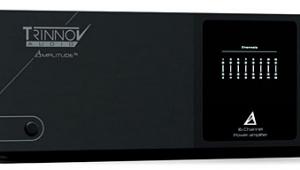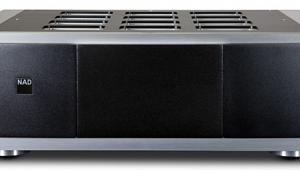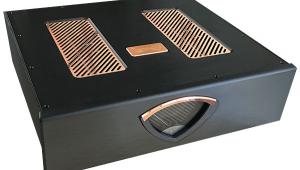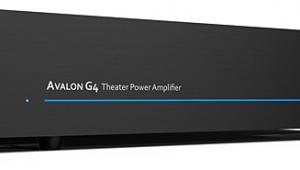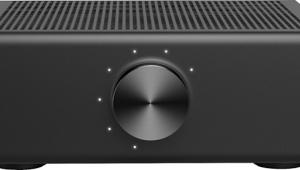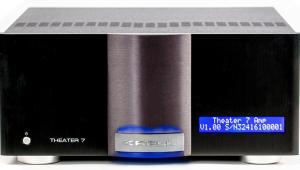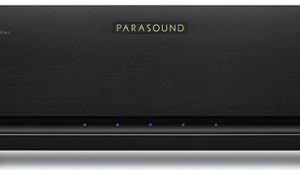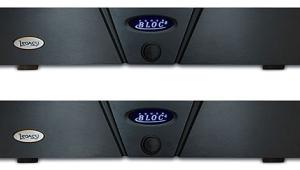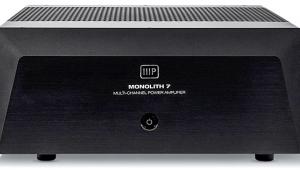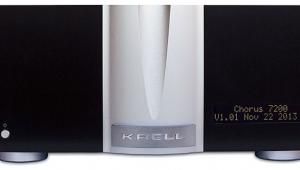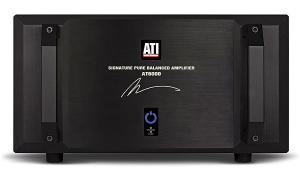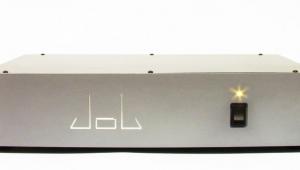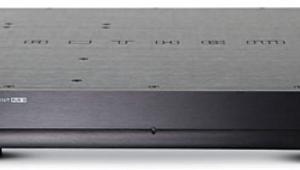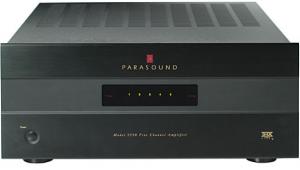Anthem PVA 7 Multichannel Amplifier: Short Take
- Price: $1,499
- Channels/Power: Seven channels; 105-Watts per channel into 8 ohms (all channels driven)/140-Watts per channel into 4 ohms (all channels driven)
- Inputs: Single-ended

Anthem's PVA 7 is an amplifier I reviewed and loved years ago for a different publication, and it was a shocking bargain and a total find at just over $200 per channel for a seven-channel amp. I recommended this amp to a friend recently, and when I went to listen to it at his house for the first time I admit I had the jitters, hoping, for my friend's sake that it was as good as I remember. Well, not only was it that good it sounded even better.
The PVA 7 is still my value amplifier of choice, and then some. But what separates this amp from the crowd isn't its power or spine-snapping dynamics. It's the completely natural, un-mechanical and timbrally righteous sound this amp makes with music. Home theater amps that crunch and munch are a dime a dozen at practically all price points. $1500 amps that have genuine musical soul like the PVA 7 are rare treasures.
Quick Tour
The PVA 7 is as unassuming as an amp can be. All that adorns the front panel is a single button for power and an LED that lets you know when it's on. There are seven single-ended inputs and a corresponding number of five-way binding posts. The power cord is detachable.
Inside a PVA 7 are three stereo amplifier modules and a mono module for the center channel. Each module has its own heatsink, but they all share a single 800VA toroidal transformer. Each channel has four high-current bipolar output devices.
There are two schools of thought on power supplies in multichannel amplifiers. One is put in a dedicated transformer on each channel module, which will invariably mean using a greater number of smaller transformers. The other model is having a shared transformer (or perhaps two acting as one) with a separate winding for each channel .The advantage of this latter approach is that in general, and especially with two-channel music applications there is more power supply available fewer channels when the other channels aren't needed. There's no right or wrong answer there, but for the record, a number of my favorite multichannel amps, including the PVA 7 and Theta's Dreadnaught I and II, all use a larger, shared transformer or two.
This amplifier is also available as the PVA 5, which is the same amp with five channels. The same mono center channel module is used, but with two accompanying stereo modules instead of three. The sound, theoretically, should be virtually the same.
Here's a quick note to those of you with five channel systems. If you have or plan to get speakers that accommodate bi-wiring, get a PVA 7. It only costs a little more and allows you to bi-amp your left and right channels, which is how I've used and heard the PVA 7 in my own system and my friend's.
The Fabulous Sound
While some of my comments might suggest that the PVA 7 is lacking in power and dynamics, that's not at all what I meant to imply. For an amp rated at 105-Watts per channel, it does exactly what I expect it to and cannot be called lacking even though the two systems I heard it in used Vandersteen speakers (3A Signatures in my old reference system and 2ce Signatures in my friend's). Vandersteen don't present a difficult load, but do require ample current to sound their best, and the PVA 7 got the job home theater heavy lifting done in both systems.
But at the same time it's true too that amps I've heard from ATI, B&K, Sherbourn, and other companies offer amps at or near the PVA 7's price that have more dynamic slam and impact. If home theater is all you care about, you'll be happier with the ballsier amps found elsewhere. The PVA 7 is for people who also place a high value on music reproduction, and in that application it excels nearly every multichannel amp I've heard, and many that cost a lot more.
The PVA 7's hallmarks are a completely natural, non-fatiguing and un-mechanical sound with amazing depth, clarity and absolutely astonishing inner detail. The imaging is rich, locking instruments and vocals in space with convincing dimensionality and focus in a way that a lot of home theater amps can't match. With guitars you don't just hear the strings, you hear guitar's resonant body, and the hands sliding and plucking the strings. Its timbre is as pure as nearly anything I've heard at any price. Even compared to Theta's outstanding and much more expensive Dreadnaught amplifiers the PVA 7s are of omission, and primarily in bass power and dynamic authority.
Anthem's PVA 7 is an audiophile's multichannel amp. That it's so affordable is gravy. 'Nuff said.
- Log in or register to post comments
